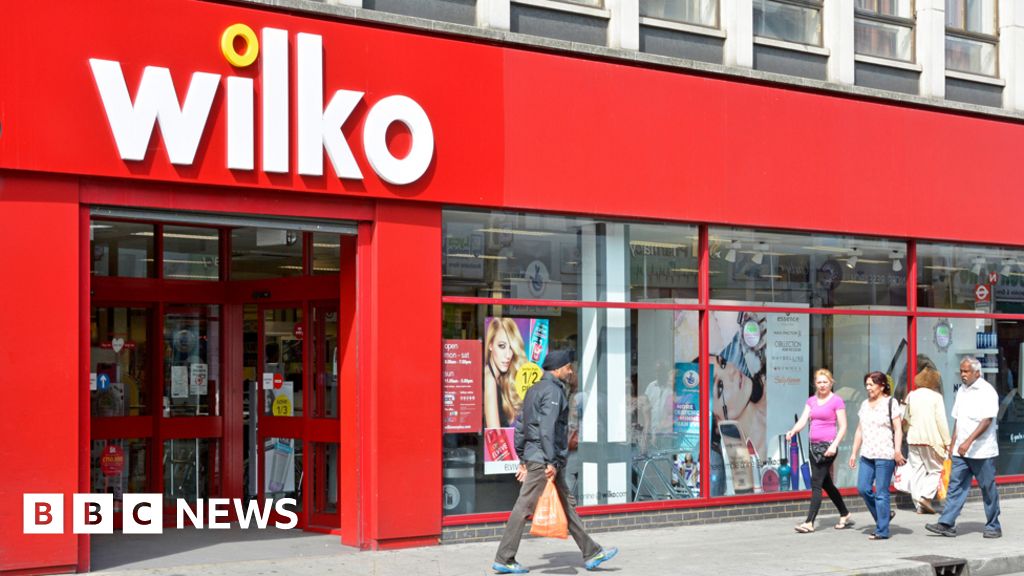Warren Buffett just turned 93 years old. It’s a moment when it’s worth taking stock. The Berkshire Hathaway chairman and CEO has made quite a name for himself in his 70-plus year career as a professional investor, taking what was once a struggling textiles business and turning it into one of the largest conglomerates in history, worth nearly $800 billion.
Alternately called the Sage or the Oracle of Omaha for his prescient stock-picking, Buffett has helped Berkshire acquire scores of businesses since he took the reins of the firm in 1965—from the insurance giant Geico to the largest railroad company in the U.S., BNSF Railway—and routinely turned incredible profits from his stock picks.
As a result, from 1965 to the end of 2022, Berkshire’s stock soared 3,787,464%, far outperforming the S&P 500’s 24,708% rise. That means if you invested $10,000 in Berkshire in 1965, you would have had $378 million by the end of last year. Along the way, Buffett has learned a few hundred things about the difference between “cigar butts” and what’s actually worth the investment.
Berkshire’s historic rise has made Buffett the seventh-richest man on the planet, but the Oracle famously prefers to live a relatively modest lifestyle with his wife in Omaha, and he pledged to give away his entire $120 billion fortune to charity when he co-created the Giving Pledge with his close friend Bill Gates.
Buffett is certainly a unique, once-in-a-generation talent, but like anyone he needed some help to become the man he is today.
Back in the early 1950s, he got that help from “the father of value investing,” Benjamin Graham. Buffett had the great fortune of working at Graham’s investment firm, Graham-Newman Corp., in the mid ‘50s after being inspired by his seminal book on value investing, The Intelligent Investor, in 1949.
Graham taught Buffett to focus on the fundamentals of the businesses that he was buying into and to always invest with a “margin of safety”—that meant finding stocks that traded at a discount to their intrinsic value. Those weren’t the only lessons, of course. Buffett has said that Graham taught him the importance of being willing to stand out from the crowd, even if it makes you look foolish, and, perhaps more importantly, to be endlessly curious and generous.
“Walter Lippmann spoke of men who plant trees that other men will sit under. Ben Graham was such a man,” Buffett wrote in a 1976 tribute to Graham after his death.
Buffett has always taken Graham’s advice as gospel, whether it was about life or investing, and that was particularly evident in the beginning of his career.
The cigar butt start
As a value investor, Buffett spent his youth looking for used cigar butts on the street. Not literal cigar butts, of course. Before starting Berkshire, the Oracle of Omaha was known for seeking out dying businesses that most investors hated. Back in those days, Buffett wasn’t looking for a great company as he does today, he was looking for a bargain.
Here’s what he told Berkshire shareholders about the philosophy in 1989:
“If you buy a stock at a sufficiently low price, there will usually be some hiccup in the fortunes of the business that gives you a chance to unload at a decent profit, even though the long-term performance of the business may be terrible. I call this the ‘cigar butt’ approach to investing. A cigar butt found on the street that has only one puff left in it may not offer much of a smoke, but the ‘bargain purchase’ will make that puff all profit.”
Buffett has since called this cigar butt approach to investing “a mistake.” In a lecture at the University of Georgia in 2001, he told students that “although you can make money doing it … it’s so much easier just to buy wonderful businesses.”
However, there was one investment from this era that, arguably, turned into Buffett’s greatest. In 1965, while looking for cigar butts, Buffett came across a struggling, but undervalued New England textiles business called Berkshire Hathaway and purchased 49% of the company. Upon taking ownership and surveying the business he realized the purchase was “a mistake,” calling it “the dumbest stock he ever bought.” Berkshire’s old textiles business was slowly dying, so instead of wasting cash trying to prop it up, Buffett began putting the firm’s cash to work in the stock market. Over time, this helped Berkshire move beyond textiles and slowly develop into the international mega conglomerate it is today.
A stock market master
Buffett may have got his start looking for cigar butt stocks, but he has since become known for his preference to buy and hold quality companies for the long term. It’s a strategy that has led to some astounding gains over the past few decades.
Two of his most famous investments, in Coca-Cola and Apple, are indicative of the changing strategy over the years. Buffett turned from searching for bargains to looking for “wonderful businesses” as Berkshire grew in size because he found it increasingly difficult to find enough cigar butt stocks to turn a reasonable profit.
“It was not going to scale,” Charlie Munger, Buffett’s long-time right hand man at Berkshire, told Yahoo Finance of the cigar butt tactic at an annual conference in 2019.
Instead of the old investing approach, which is sometimes called extreme value investing, Munger helped Buffett transition to a focus on buying the best possible businesses. “When he started looking for investment values in great businesses that were temporarily under pressure, it changed everything for the better,” Munger said. “Now we could scale up to the big time.”
That brings us to Coca-Cola, perhaps the ideal representation of Buffett’s focus on buying great businesses rather than hidden gems or discarded cigar butts.
Buffett, who is known for his child-like diet and sweet tooth, first bought shares of Coke in 1988, and it has long been one of Berkshire’s top holdings. The original investment in the company was $1.3 billion, but Berkshire now receives more than half of that total each year in dividends alone from Coke. In 2022, the conglomerate netted $704 million in dividend income from the soft drink maker, and its holdings are now worth roughly $24 billion.
Apple is another example of Buffett’s focus on strong, stable businesses. The Oracle was a bit late to the party when he purchased Apple in 2016. The iPhone was already a dominant force globally and Apple stock had soared throughout the previous decade. But when its share fell in late 2015 and the beginning of 2016, Buffett used it as an opportunity to purchase $36 billion of the company. That investment is now worth over $150 billion.
Going all-in
While Buffett has made a killing buying public equities, he’s also acquired scores of private companies that are critical to the American economy. Berkshire now owns 65 businesses in a variety of industries including the Acme Brick Company, the RV manufacturer Forest Rivers, the insurance giants Geico and Allegheny, the battery maker Duracell, the clothing companies Fruit of the Loom and Garanimals, and even Dairy Queen.
But then there’s his famous sweet tooth.
One of Buffett’s best investments was the confectioner See’s Candy. The billionaire famously wrote, in a 1994 letter to investors, that he would love to increase his exposure to See’s, but hadn’t “found a way to add to a 100% holding.” And in 2019, at Berkshire’s annual conference, he revealed why. The confectioner has made “well over” $2 billion in profits for Berkshire from an original investment of just $25 million in 1972.
Credit: Source link











